Colonial interior design style has an enduring appeal that continues to captivate homeowners today. With its classic elegance, clean lines, and emphasis on comfort and functionality, this style can transform any living space into a warm and inviting retreat. But what is it about Colonial design that makes it so enduring? In this article, we’ll delve into the history of this iconic style, explore its key elements, and offer practical tips on how to incorporate it into your home. So, let’s embark on a journey back in time and discover the charm of Colonial interior design.
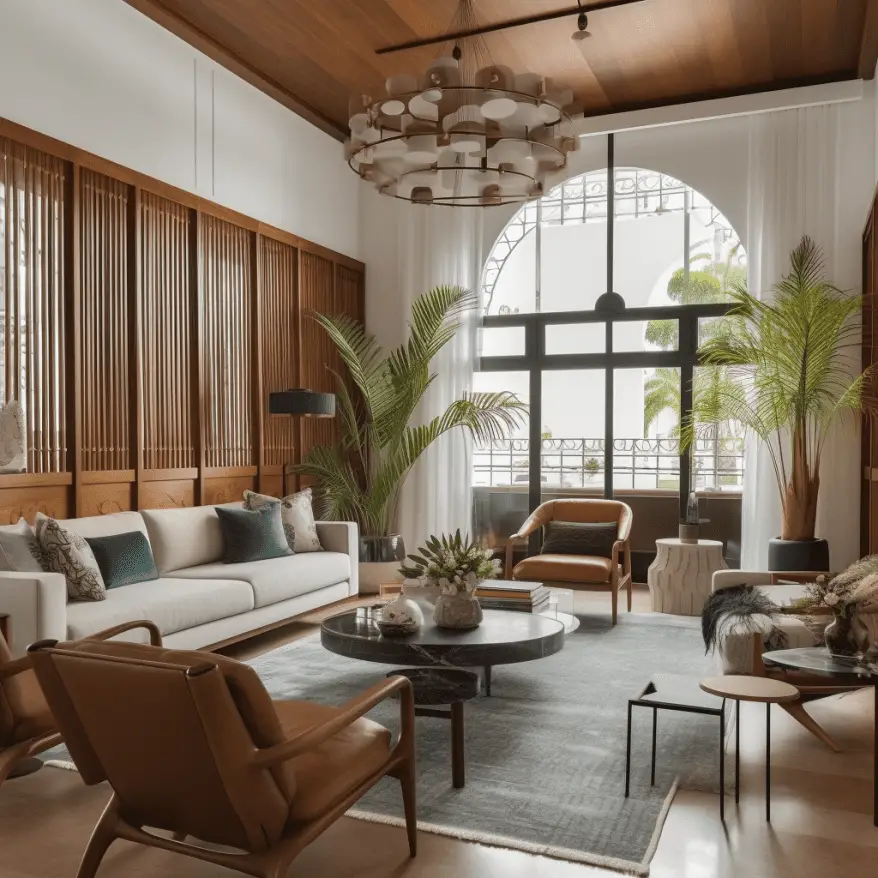
Table of Contents
History of Colonial Interior Design Style
The roots of Colonial interior design style trace back to the 17th and 18th centuries when European settlers arrived in America, bringing with them their architectural and design preferences. The British, Dutch, French, and Spanish colonies each had their distinct styles, but they all shared a common goal – creating functional and comfortable homes that mirrored their traditions and lifestyles.
Over time, these European styles blended with local materials and craftsmanship, resulting in a unique aesthetic that we now recognize as Colonial interior design. This style continued to evolve and adapt to regional influences, giving birth to various sub-styles such as New England Colonial, Southern Colonial, and Spanish Colonial, each with its unique characteristics and charm.
Key Elements of Colonial Interior Design Style
Symmetry and balance
One of the most striking features of Colonial design is its emphasis on symmetry and balance. This can be seen in the layout of the rooms, the arrangement of furniture, and the placement of decorative elements. The result is a harmonious and visually pleasing space that exudes a sense of order and tranquility.
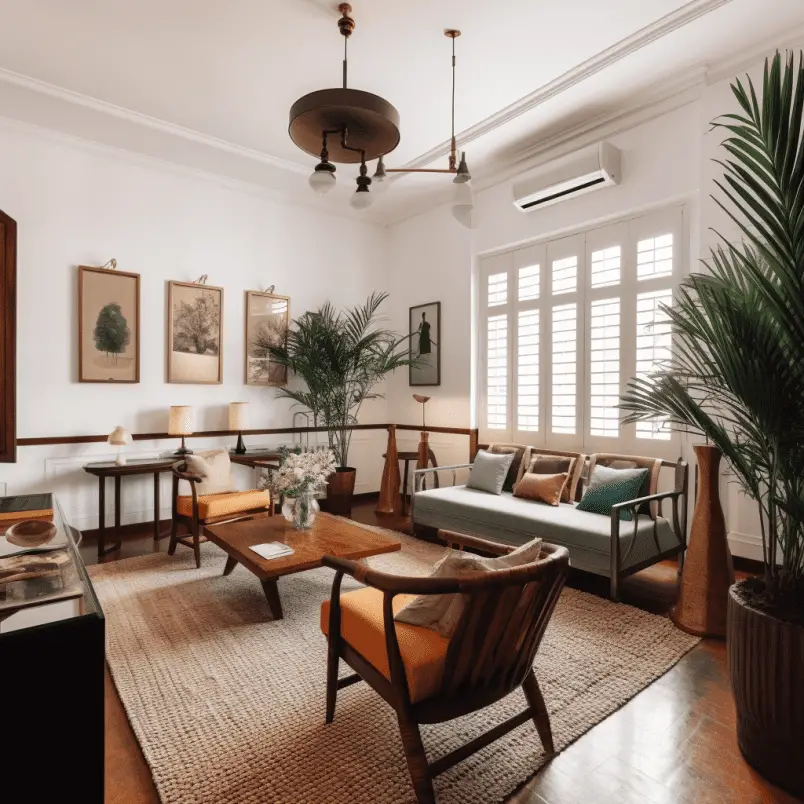
Traditional materials and craftsmanship
Colonial design celebrates the use of natural materials such as wood, brick, and stone. Handcrafted furniture, often made from hardwoods like mahogany, cherry, or oak, is a staple in Colonial-style homes. Moreover, attention to detail and fine craftsmanship is evident in the ornate moldings, wainscoting, and built-in cabinetry that can be found in many Colonial interiors.

Neutral color palette
The color scheme in Colonial interior design is typically understated, with an emphasis on neutral and earthy tones. Cream, beige, and soft grays often serve as the backdrop for a Colonial-inspired room, while rich, dark wood accents and furniture add warmth and contrast.

Classic and functional furniture
The furniture in Colonial-style homes is both comfortable and functional, with an emphasis on clean lines and simple forms. Upholstered pieces, like sofas and chairs, often feature soft, muted fabrics that complement the neutral color scheme.
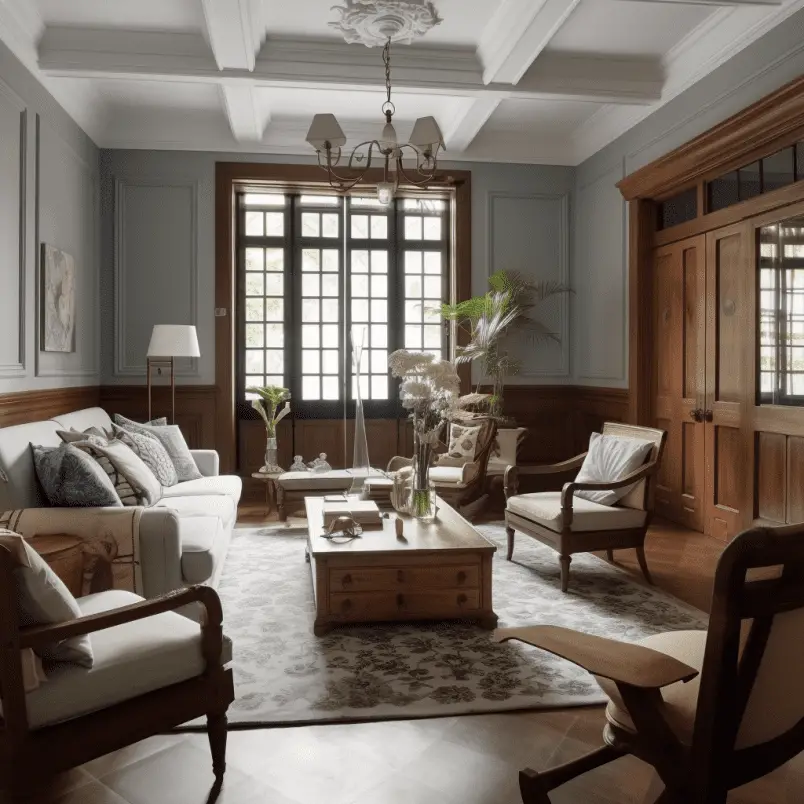
How to incorporate Colonial Interior Design into your home
- Focus on symmetry: When arranging furniture and accessories, strive for balance and symmetry to create that classic Colonial look. For instance, placing matching armchairs on either side of a fireplace or centering a dining table beneath a chandelier can help achieve the desired effect.
- Incorporate traditional materials: Wood, brick, and stone are key materials in Colonial design. Consider adding wood paneling, exposed beams, or a brick fireplace to bring warmth and authenticity to your space.
- Choose classic furniture pieces: Invest in timeless furniture with clean lines, simple forms, and a focus on functionality. Look for pieces made from quality hardwoods, such as mahogany, cherry, or oak, and opt for upholstered seating in neutral tones that complement the overall color scheme.
- Use decorative accents sparingly: While Colonial design is not minimalist, it does shy away from excessive ornamentation. Choose a few carefully curated decorative accents, such as antique clocks, brass candlesticks, or porcelain vases, to add character and charm to your space without overwhelming it.
Colonial Interior Design in different rooms
Living room
In a Colonial-style living room, opt for a symmetrical arrangement of furniture around a focal point, such as a fireplace. Use a neutral color palette, and incorporate classic furniture pieces like wingback chairs, wooden side tables, and a traditional rug.

Dining room
A large wooden dining table with upholstered chairs is a must in a Colonial dining room. Showcase your fine china and silverware in a built-in hutch or buffet, and add elegant touches like wainscoting and crown molding.
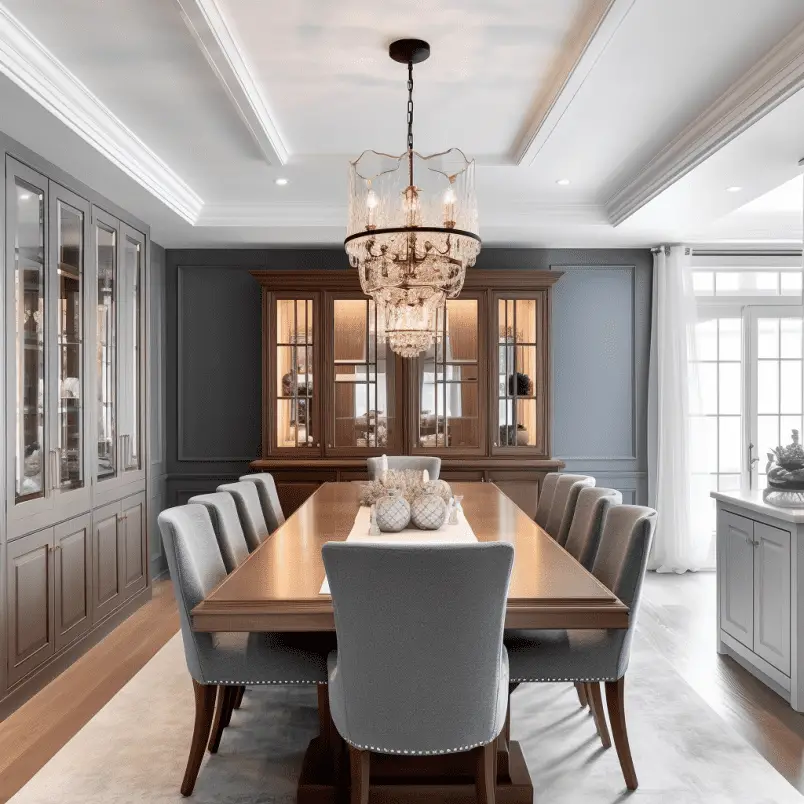
Bedroom
In a Colonial-style bedroom, a four-poster bed with simple bedding takes center stage. Add matching nightstands and dressers, and incorporate warm lighting with traditional table lamps or wall sconces.
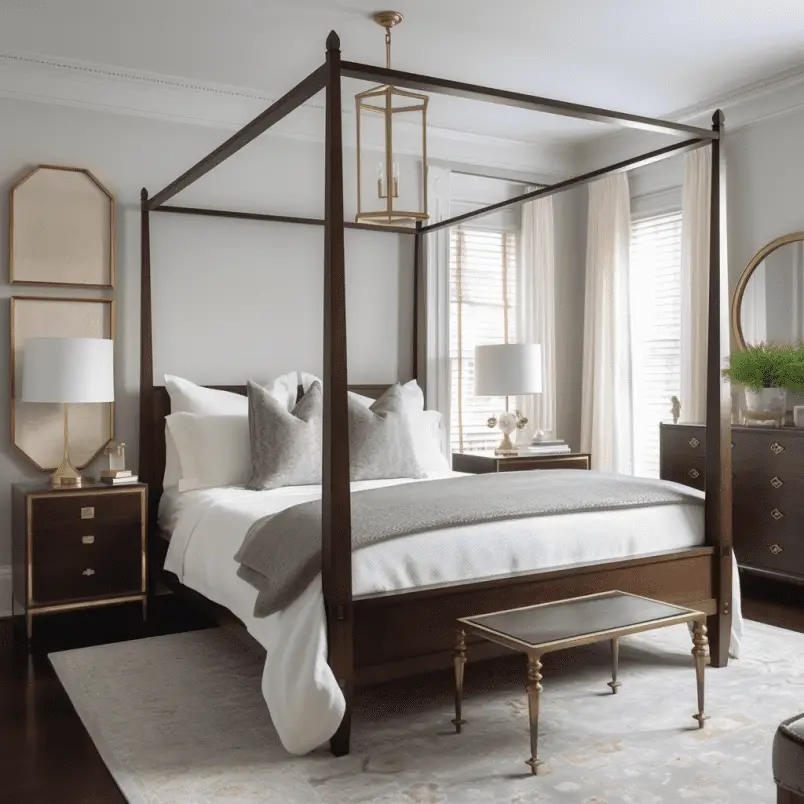
Pros and Cons of Colonial Interior Design
Pros:
- Timeless appeal: The classic elegance of Colonial design ensures that your home will never look outdated.
- Versatility: This style works well in various settings, from small apartments to grand estates.
- Comfort and functionality: Colonial design prioritizes comfort and practicality, making it an ideal choice for family homes.
Cons:
- Lack of bold colors: If you prefer vibrant, bold colors, the neutral color palette of Colonial design might feel limiting.
- Can be perceived as formal: Some people may find the emphasis on symmetry and traditional elements too formal or stuffy for their taste.
Conclusion
Colonial interior design style is a timeless and versatile choice that can bring warmth, elegance, and comfort to any home. By incorporating the key elements of this design, such as symmetry, traditional materials, and classic furniture pieces, you can create a living space that is both beautiful and functional. Remember that the key to a successful Colonial-style space lies in striking the perfect balance between tradition and modernity, ensuring that your home feels both classic and inviting.
FAQ
Is Colonial interior design suitable for small spaces?
Yes, the emphasis on symmetry, clean lines, and functional furniture makes Colonial design a great option for small spaces. Just be mindful of choosing appropriately sized furniture and avoid overcrowding the space.
Can I mix Colonial design with other styles?
Absolutely! Mixing Colonial design with other styles, such as modern or farmhouse, can create a unique and personalized look. Just be sure to maintain a sense of balance and harmony in the space.
What type of artwork should I use in a Colonial-style room?
Opt for classic, traditional artwork, such as oil paintings, landscapes, or portraits, to complement the overall aesthetic. You can also incorporate antique maps, botanical prints, or vintage photographs for added visual interest.
How do I choose the right lighting for a Colonial-style room?
Choose lighting fixtures that have a traditional or antique feel, such as chandeliers, lanterns, or wall sconces. Brass or bronze finishes work well in Colonial interiors. Consider incorporating dimmers to create a warm and inviting atmosphere.
What type of window treatments work best in a Colonial-style home?
Opt for classic window treatments like wooden shutters, simple drapes, or roman shades in neutral colors that complement the overall color scheme. Avoid overly ornate or bold patterns that might clash with the understated elegance of the Colonial design.


